Before moving to Italy, I had a completely misguided idea of what Asiago was. In my mind, it was basically any generic white cheese that wasn’t cheddar, and it usually came pre-shredded in a plastic bag from the supermarket. It was also the cheese that was melted into a salty, cheesy crust on top of Panera’s famous Asiago bagels (do they still sell these?!). It turns out that what counts as Asiago in America is nothing like Asiago DOP from Italy, specifically the Veneto region.
I recently had the chance to learn about (i.e., taste) Asiago in its many forms with a guide from the Asiago DOP Consortium. Here’s everything you need to know about the real Asiago.
Guide to Asiago DOP
Asiago is often overshadowed by another Veneto cheese, Grana Padano, or simply “Grana", which produces more than ten times the yearly output of Asiago. Though much smaller in production, Asiago is a well-loved refrigerator staple for almost every person I know who lives in the Veneto region.
Asiago is a DOP food product (“Denominazione di Origine Protetta,” or Protected Designation of Origin), meaning that its raw materials and production take place in a specific area that gives the cheese its signature characteristics, namely the regions of Veneto and Trentino-Alto Adige. The cheese takes its name from its historical center of production, the Alpine town of Asiago.
There are two main types of Asiago:
Asiago Fresco, also known as Asiago Pressato, is the most widely consumed form of Asiago, accounting for approximately 80% of all Asiago produced. Asiago fresco is made from whole cow’s milk and, as the name suggests, it is minimally aged for 20-40 days, making it a fresh, young cheese. It is white to slightly yellowish in color, with small and irregular holes. The taste is mild and lactic, slightly acidic. It has an elastic mouthfeel. Perfect for grating, melting, or snacking.
Asiago d’Allevo: This is the aged version of Asiago (more uncommon than the fresh kind), made from half whole, half skimmed cow’s milk. This type of Asiago must be aged for a minimum of 60 days and can be further categorized based on time spent maturing. You will usually see the following terms on the packages of aged Asiago:
Mezzano: Aged for 4-6 months. Mild, slightly salty, and tangy. Somewhere in the “mezzo” or middle between Asiago Fresco and Asiago Vecchio.
Vecchio: Aged for 10+ months. Firm, salty, and nutty.
Stravecchio: Aged for 15+ months. Intensely nutty, with pronounced umami and pungency. Hard, crumbly texture with visible cheese crystals.
Now, for the exciting part: there is a third category of Asiago that is not as well known, even within Italy. It represents the historical origins of Asiago cheesemaking and is only made during the months of June through September. I’m referring to Asiago "Prodotto della Montagna."
This traditional mountain cheese comes from the Altopiano di Asiago, a “plateau” that stretches 600-2,300 meters above sea level, touching the Alps to the north and opening up to the Po Valley in the south.
The same aging categories apply to mountain Asiago, but the main difference lies in the milk: it comes from local cows that graze on the Altopiano pastures during the summertime. Thus, the production window is limited to the summer months, which provide favorable weather conditions for the cows. The milk is often unpasteurized and fermented with a natural whey starter, giving the final cheese added complexity. You can literally taste the cows’ diet of fresh mountain herbs and alpine grasses.
Asiago “Prodotto della Montagna” was traditionally made in the “malga,” a temporary livestock farm in the mountains. A malga consists of pastures, wooded areas, housing for the contractor’s family and workers, and a small hut for cheesemaking. Today, fewer than twenty malghe actively produce Asiago DOP Prodotto della Montagna cheese, and I was lucky enough to visit one of them along with a guide from the Asiago Consorsium.
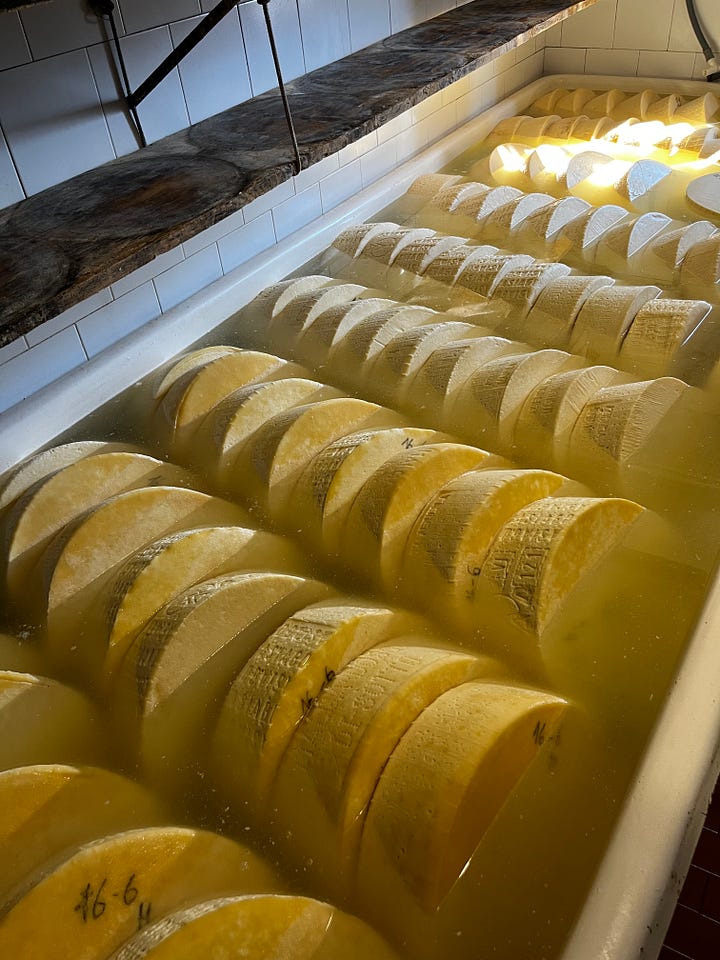
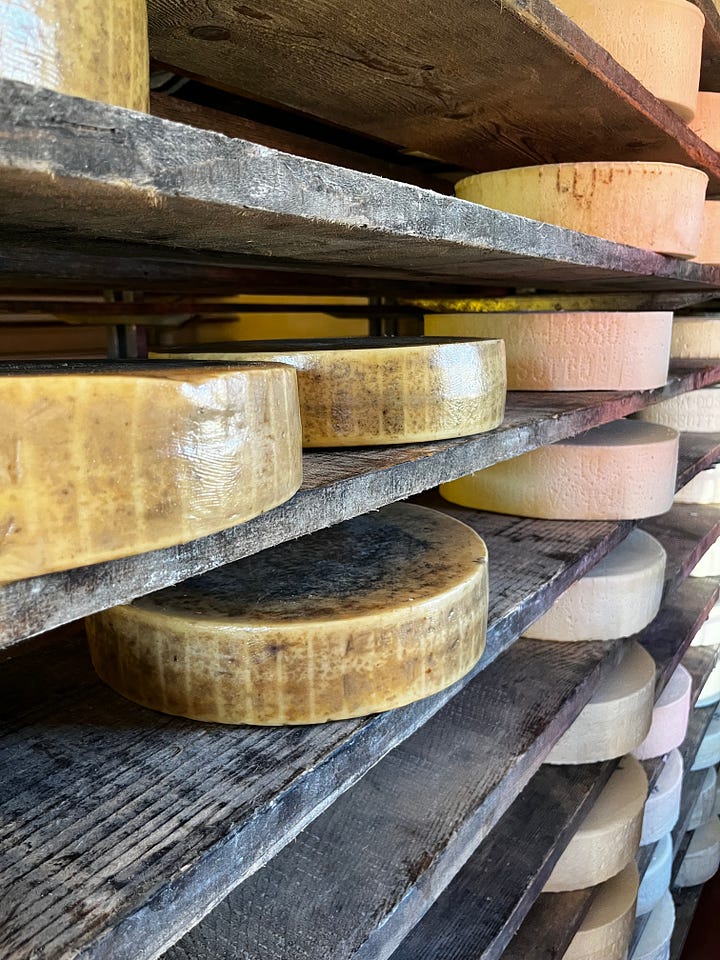
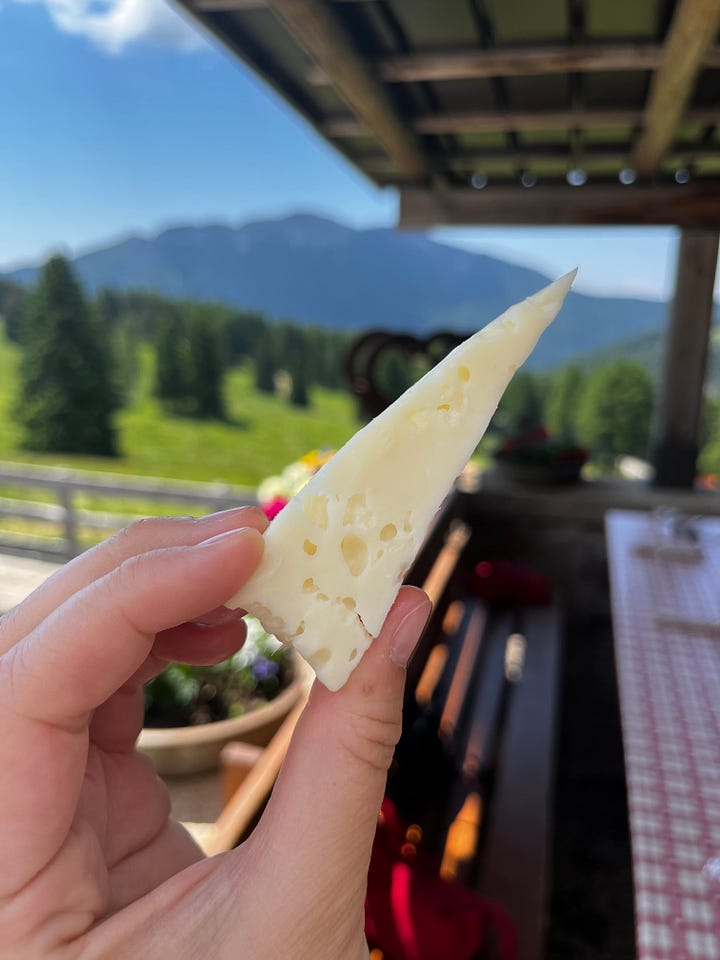
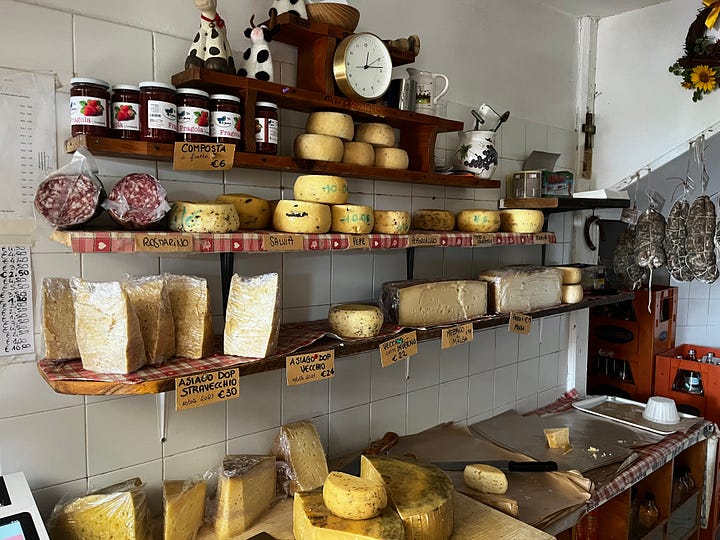
Experience Asiago
I highly recommend a visit to Malga Larici di Sotto during the seasonal window when they are producing Asiago “Prodotto della Montagna.” I visited on June 19 with my classmates, and the first wheels of Asiago Fresco were not yet ready as they must age for a minimum of 20 days per the DOP regulations. We were lucky enough to watch the morning’s milk be transformed into baby wheels of Asiago before tasting the vecchio and stravecchio cheeses from the previous year. We also got to taste freshly made ricotta, which is made from the whey byproduct of the cheese production, and fresh yogurt. Malga Larici di Sotto also makes sopressa salame in-house, a must-try if you visit. After the cheese tasting, we ate plates of pasta with crema, speck, and funghi (mushrooms) on the outdoor terrace, looking out on the beautiful mountain vista.
Our guide from the Asiago consortium told us that one of the main images they use for their marketing materials was taken from Malga Larici di Sotto, so you know it is stunning.
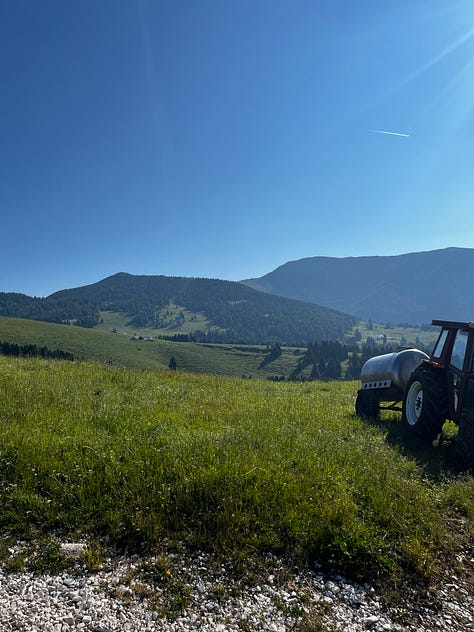
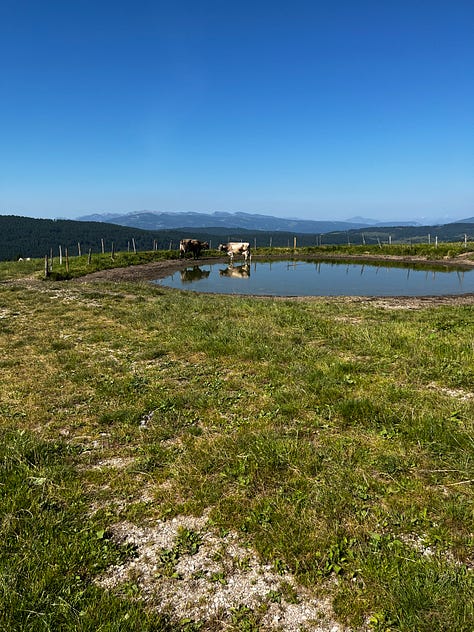


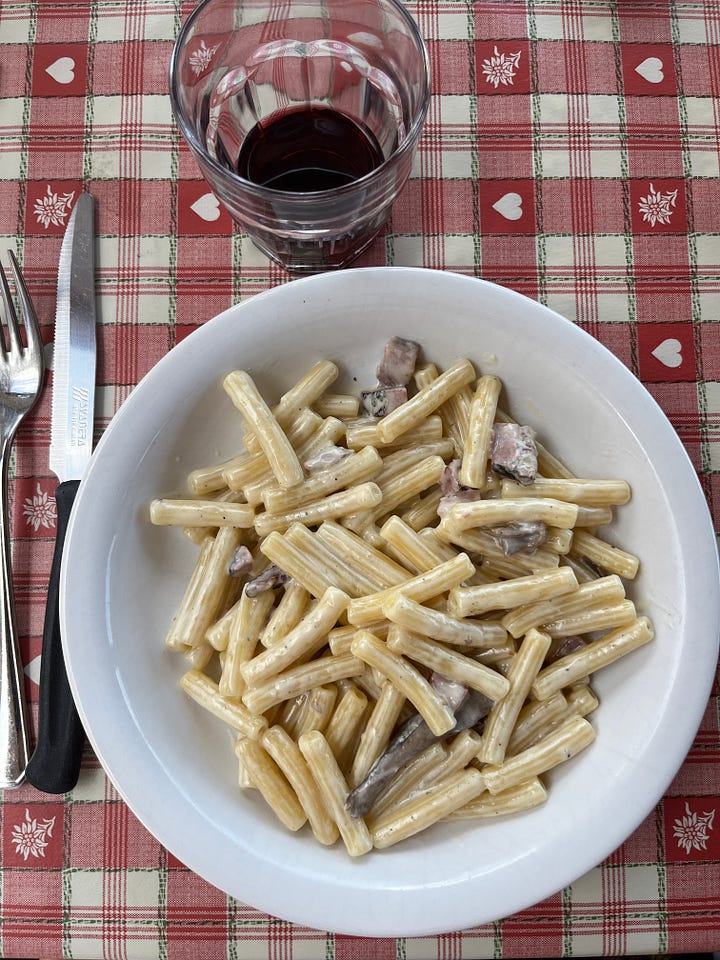
Caseificio Pennar is another good spot to hit if you visit during the wintertime or are staying near the town of Asiago. Caseificio means “cheese shop,” so here you can buy all kinds of Asiago DOP and take a tour of their cheesemaking facilities. Many of the cheeses can be vacuum sealed to take home on international flights.
For more info about visiting malghe and the cheese trail in Altopiano, visit laviadellemalghe.it.
Spotting Asiago DOP
If you are outside of Italy or the EU, there are some safeguards in place to ensure that you're buying real Asiago DOP. Here are some green flags to look for:
DOP label: Authentic Asiago will be labeled with the red and yellow DOP (Denominazione di Origine Protetta) seal, guaranteeing that the cheese was produced in the official production zone according to specific methods.
Branding on the rind: Aged Asiago DOP (Asiago d’Allevo) will have official marks from the Consortium stamped into the rind. If you are buying the cheese pre-cut, these marks may be partially cut off but still visible.
Traceability information: the label should include a lot number, which can be traced back to the individual producer and production date and location.
Outside of Italy, you may be able to find Asiago DOP in specialty cheese shops or independent supermarkets, but be wary of generic cheeses labeled "Asiago" that don’t have the DOP mark. These may be tasty, but they’re not the real deal.
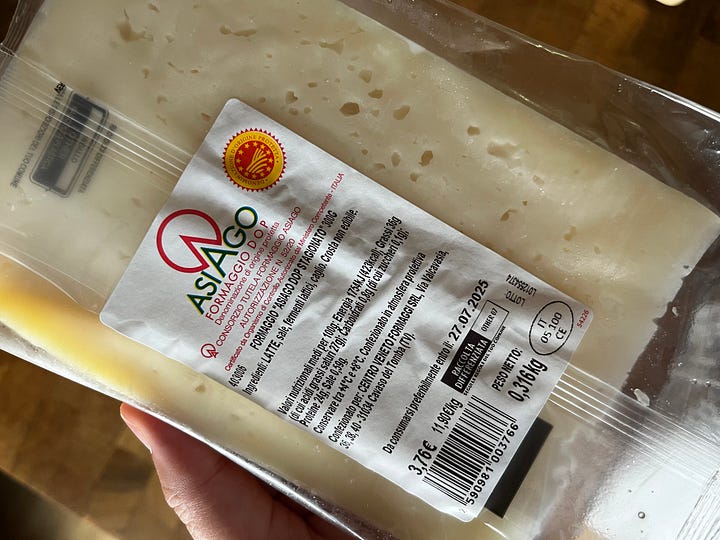
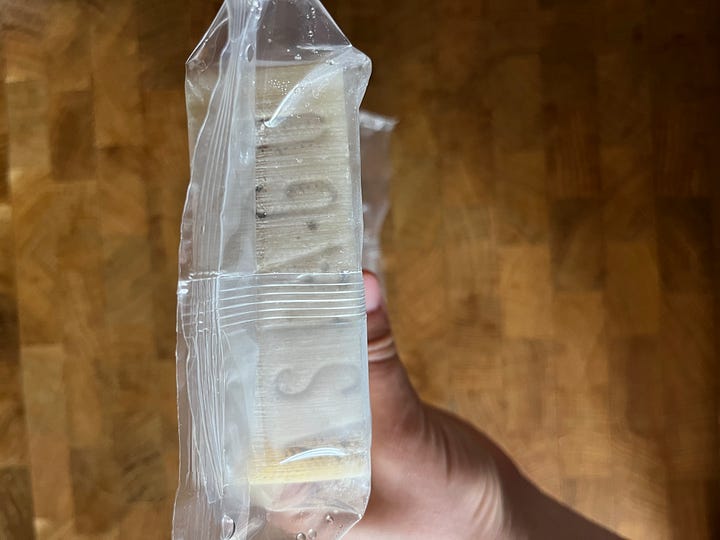
Final thoughts
If your only thought about Asiago is that it’s a topper for a Panera bagel (as I did), it’s time to think again. Whether fresco, d’allevo, or made in the high-altitude pastures of the Altopiano, Asiago DOP is one of Veneto’s most underrated culinary staples.
Make room in your fridge (and your suitcase) for the real thing. Happy cheesin’!
- Emma from La Nonna Vita


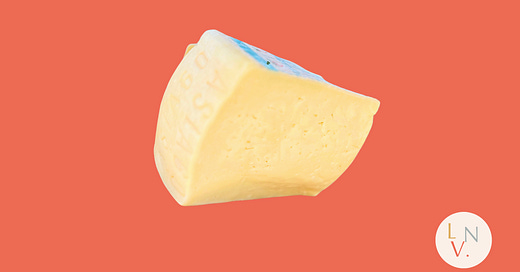



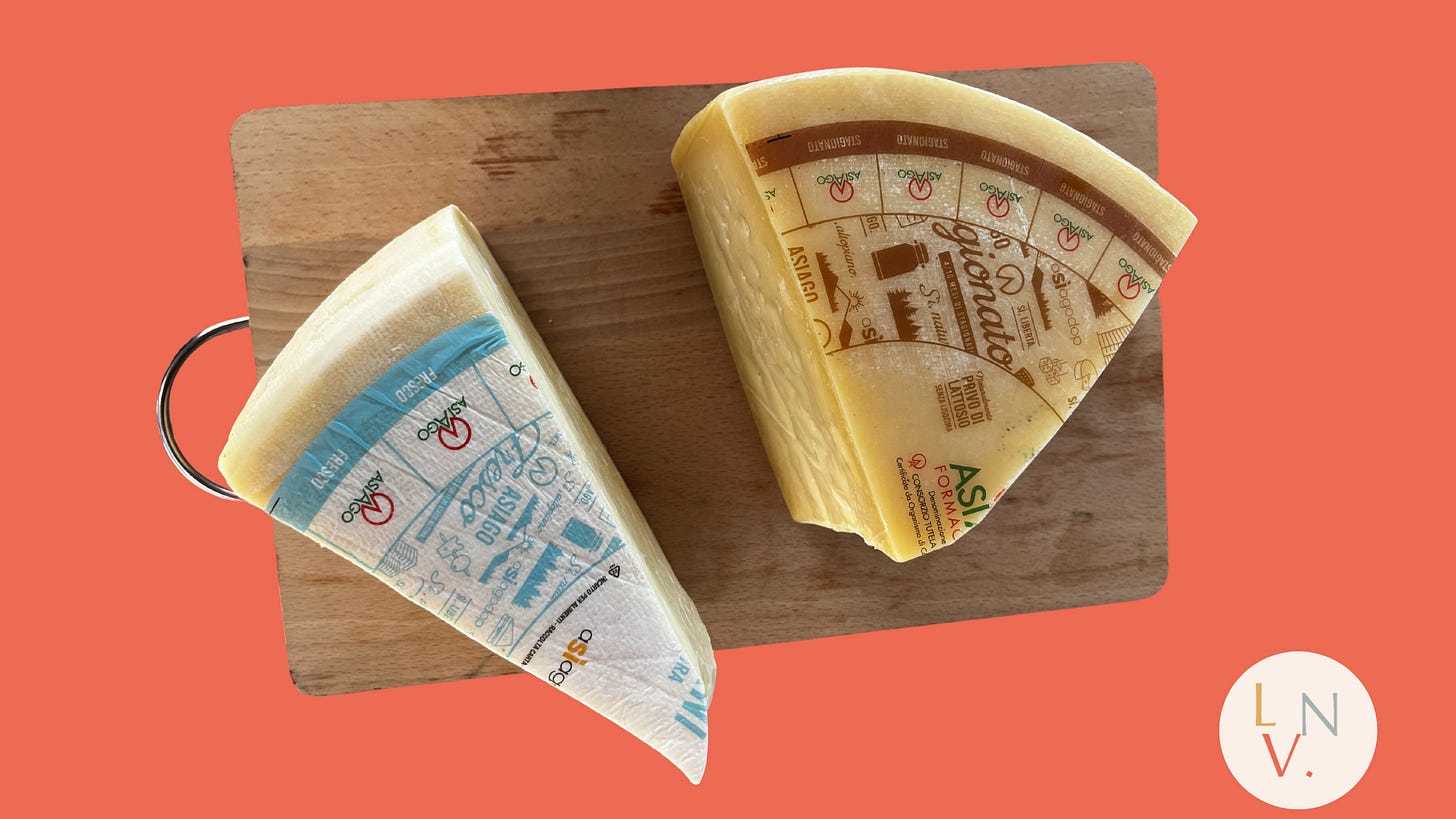

Can’t wait to eat with great balsamic vinegar
😋